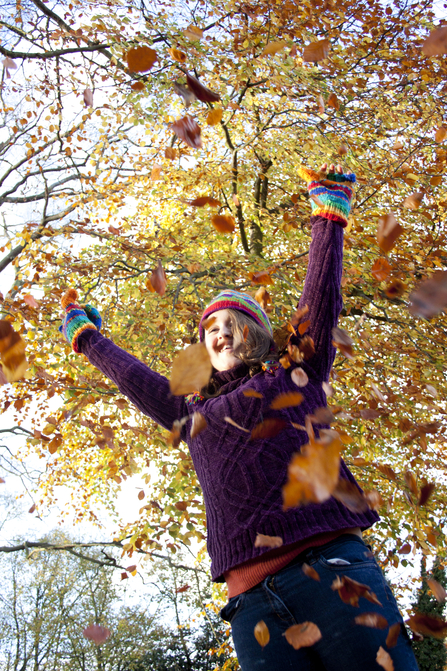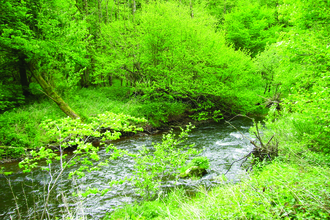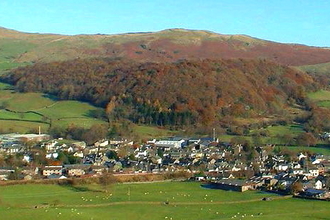For as long as our own species has lived in the northern temperate parts of Europe, America and Asia, I am sure that people have been captivated and fascinated by the beauty of autumn colours.
Why do leaves change colour as the season shifts from summer to winter, what’s happening and how do they do it?
Science has, to a large extent, answered the questions of ‘how’ leaves change colour and we understand much of the plant chemistry behind what’s happening.
We know, for example, that a leaf’s colour depends on the presence and relative balance of four main groups of plant pigments: chlorophylls are the primary pigments (the greens); and the secondary pigments, which include carotenoids (the oranges), xanthophylls (the yellows) and anthocyanins (the reds and purples).
The background dull brown colours may be tannins, which can have different functions, and which can be found in many plant cell walls and wood.
Each of these pigment groups has a function in the leaf and many are present throughout the year.
The principle ‘green’ leaf colour is derived from the high concentration of chlorophylls in the spring and summer.
Chlorophylls are a key part of the complex system by which plants capture the energy in sunlight.




